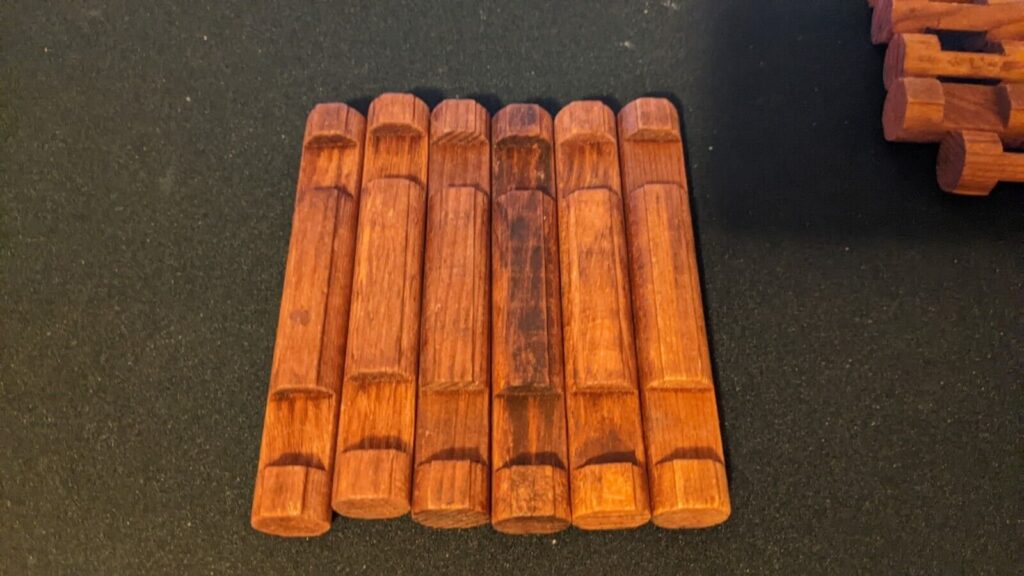Lincoln Logs, a beloved toy, came into existence in 1916, thanks to John Lloyd Wright. He was the son of the famed architect Frank Lloyd Wright. John got his inspiration from the log cabin structures he observed during his travels. He went on to create these interlocking wooden blocks which mimicked the construction of log cabins.
Initially, these logs were manufactured by the Playthings Manufacturing Company, which eventually merged with Hasbro. The simple design and educational value of Lincoln Logs made them very popular. Children enjoyed constructing various structures while learning fundamental building principles.
Usage of Lincoln Logs
Lincoln Logs are specially crafted to stimulate imaginative play and enhance spatial reasoning. Each set includes wooden logs in different sizes and shapes that fit together. Kids can build cabins, forts, towers, or whatever their minds conjure up, promoting creativity and elaborate design skills.

In the early parts of the 20th century, Lincoln Logs were widely used as educational aids both at home and in schools. These toys enabled children to grasp basic engineering concepts and hone problem-solving, planning, and hand-eye coordination skills. Their simplicity and versatility made them enjoyable and accessible to all ages.
Legacy of Lincoln Logs
Lincoln Logs have retained their charm and popularity throughout the decades, evolving modestly over time. Today, you can find plastic versions and themed sets, yet the core design remains unchanged.
These enduring toys are more than just nostalgic pieces; they have marked the childhoods of multiple generations. Celebrated in museums, toy collections, and educational programs, Lincoln Logs continue to inspire creativity and critical thinking in children, reinforcing the timeless value of such educational toys.
Lincoln Logs are a testament to the innovation of early 20th-century toys, and they continue to educate and inspire young minds today. Their straightforward yet effective design highlights how quality educational toys have an enduring impact.